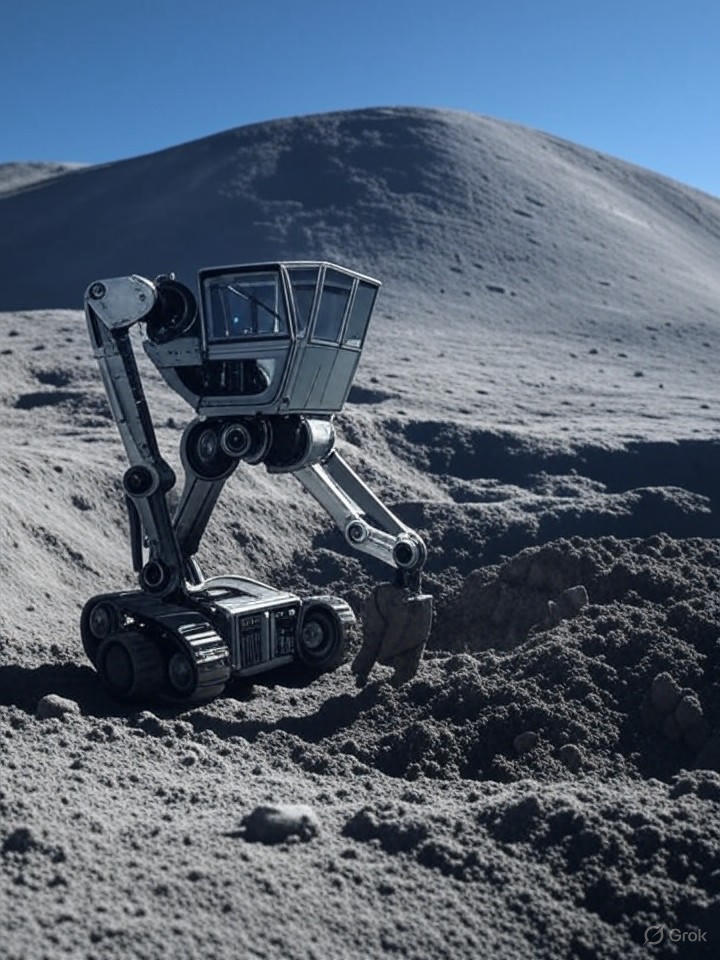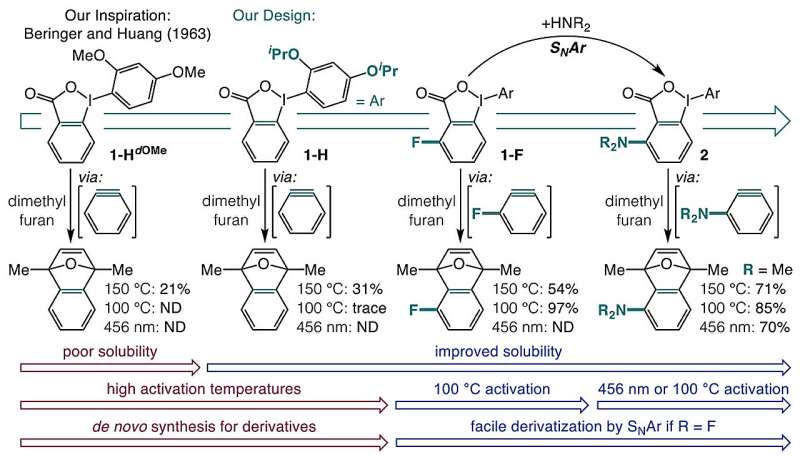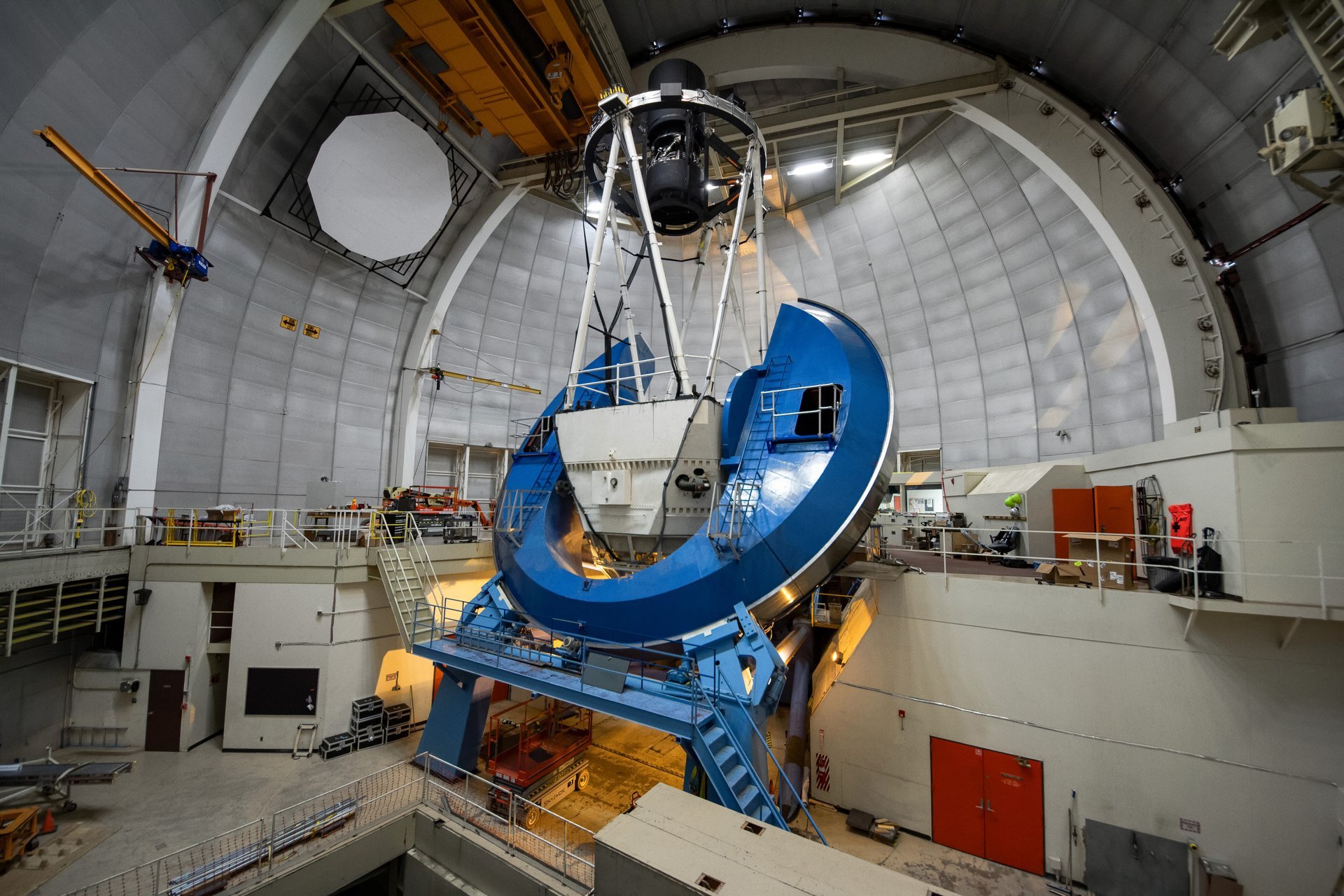In the craters of the moon, a valuable resource known as helium-3 is sparking renewed interest in space mining. Valued at up to $20 million per kilogram, helium-3 is an isotope that could revolutionize global energy production. This lunar resource is abundant in the moon’s soil but scarce on Earth, making it a prime target for nations and private companies eager to tap into its potential for clean nuclear fusion energy.
The allure of helium-3 lies in its promise of providing an almost limitless energy source without the radioactive waste that accompanies traditional nuclear fuel. According to experts, the economic impact of successfully harnessing this isotope could reach trillions of dollars, igniting what many are calling a 21st-century gold rush.
The Promise of Lunar Helium-3
Helium-3 is produced when solar wind particles interact with the moon’s regolith over billions of years. Unlike Earth, where the atmosphere shields against these particles, the moon has accumulated significant reserves. Scientists estimate that there could be over a million metric tons of helium-3 on the moon, potentially satisfying global energy demands for centuries, assuming fusion technology advances.
According to a report by SpaceNews, achieving success in lunar mining will necessitate a combination of traditional mining expertise and innovative space technologies. Companies like Interlune and Bluefors are leading the charge, developing extraction and processing techniques designed specifically for the moon’s harsh environment.
International Competition for Lunar Resources
The race for lunar resources is intensifying, with nations such as the United States, China, and India ramping up their lunar missions, where helium-3 is a key objective. A recent report by Reuters highlighted Russia’s renewed efforts in lunar exploration, underscoring the competitive landscape as countries seek to uncover valuable lunar elements.
NASA’s Artemis program aims to establish a sustainable presence on the moon by the late 2020s, potentially paving the way for resource extraction. Private companies are also positioning themselves for lunar operations, with Elon Musk‘s SpaceX and Jeff Bezos‘s Blue Origin actively pursuing opportunities. A recent post on social media platform X notes China’s discovery of Changesite-Y, a mineral containing helium-3, which could accelerate mining efforts significantly.
Extracting helium-3 presents numerous technical challenges. It requires heating lunar regolith to approximately 700 degrees Celsius to release the gas, followed by purification and transportation back to Earth—all while operating in extreme vacuum conditions. NASA’s Jet Propulsion Laboratory has proposed using robotic miners to scoop lunar soil, process it on-site, and utilize mass drivers to launch payloads back to Earth. Startups are also innovating solutions, with investments flowing into companies like Lockheed Martin, which envisions a lunar economy powered by nuclear fission.
The potential economic implications of a successful helium-3 fusion technology are substantial. As noted by Techno-Science, helium-3’s application in fusion reactors could yield energy with minimal neutron generation, thereby reducing damage and waste. Analysts predict that the space mining market may reach $20 billion by 2035, according to Nasdaq. Established mining companies, including Barrick Gold, are eyeing lunar opportunities, merging terrestrial mining expertise with cutting-edge space technology.
The geopolitical landscape surrounding lunar mining is complex. The Outer Space Treaty prohibits national appropriation of celestial bodies, yet the Artemis Accords, endorsed by the U.S. and its allies, permit resource utilization. China, which has not signed the accords, is pursuing its own agenda, raising the prospect of conflicts over prime mining locations. According to E&E News, the moon could emerge as a new arena for competition between the U.S. and China over resource-rich territories.
Environmental and Ethical Considerations
Concerns regarding the environmental impact of lunar mining are also surfacing. Critics argue that mining operations could significantly alter the moon’s surface, prompting calls for preservation. Advocates suggest that utilizing in-situ lunar resources, such as water ice and helium-3, is essential for sustainable space exploration.
Discussions among industry insiders highlight the importance of ethical mining practices. A post from Skywatch Signal emphasizes Lockheed Martin‘s commitment to sustainable operations on the moon, advocating for responsible practices amid the excitement of the potential gold rush.
Investment in this sector is increasing, with venture capital flowing into private companies planning lunar operations. The current momentum mirrors the historical California Gold Rush, albeit with a focus on clean energy. Experts, as reported by SpaceNews, stress the need for traditional mining skills combined with innovative technologies to achieve success.
By 2030, prototypes for helium-3 extractors are expected to land on the moon. NASA’s Commercial Lunar Payload Services (CLPS) program is collaborating with various companies to deliver payloads and test mining technologies. Success in these endeavors could lead to the establishment of commercial habitats and refineries on the lunar surface, with far-reaching economic implications.
Despite the challenges—high costs, technical failures, and the unproven scalability of fusion technology—optimism abounds. Recent posts from Global News Report explore the potential of lunar resources to trigger a modern gold rush. Companies like Interlune are aiming to return helium-3 samples by 2028, while Bluefors is developing cryogenic technology for processing.
In the words of one social media user, “We are about to witness the NEXT BIG GOLD RUSH,” as key players in the lunar mining sector prepare to capitalize on this unique opportunity. With NASA’s evolving strategies and private companies pushing boundaries, the coming years will be pivotal for lunar ambitions and the broader implications for global energy production.







